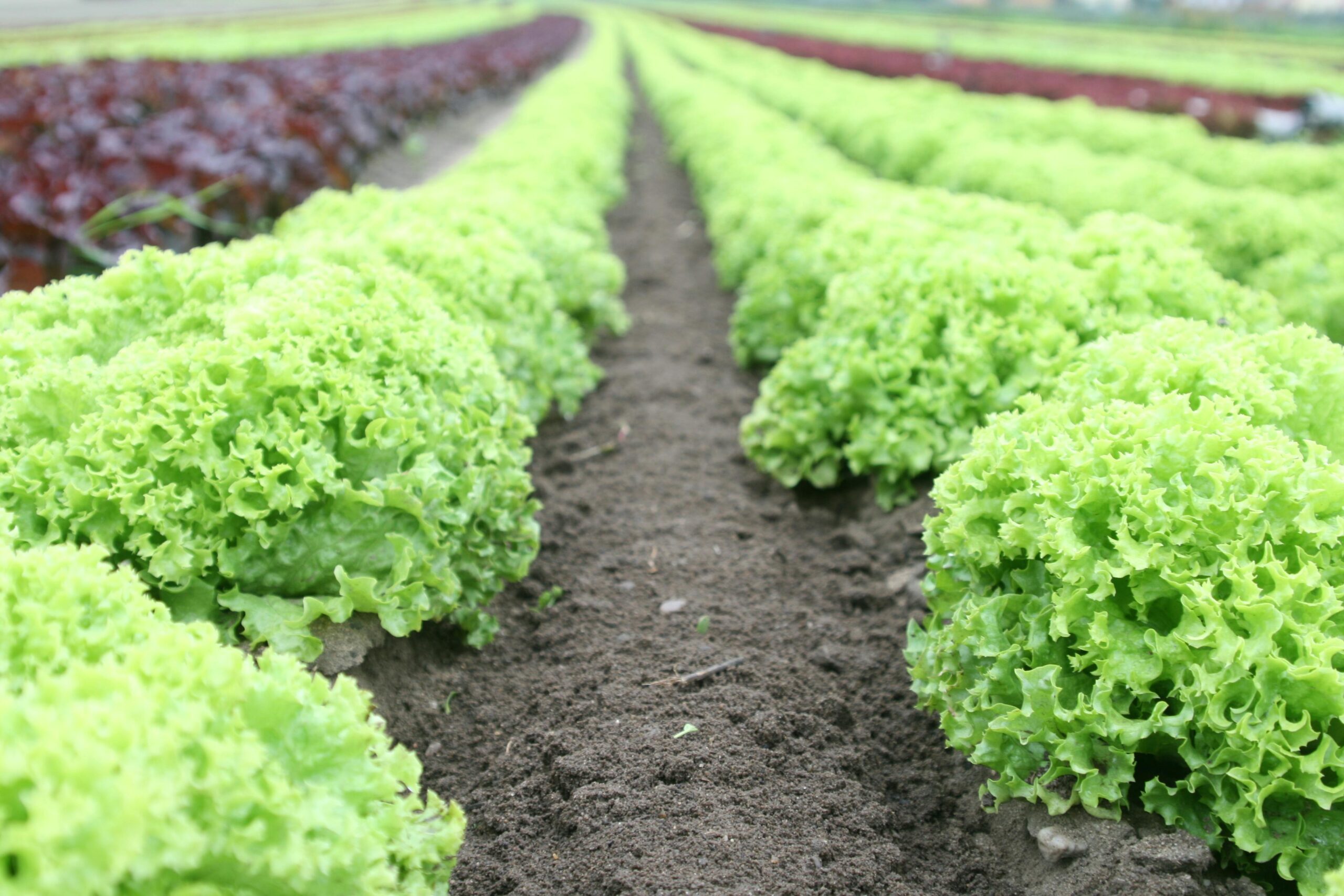Starting a vegetable garden is a rewarding and enjoyable way to provide fresh, organic produce for your family. For beginners, the process may seem daunting, but with a bit of planning and some basic knowledge, anyone can cultivate a thriving garden. Here’s a step-by-step guide to get you started.
1. Choose the Right Location
Overview: The success of your vegetable garden heavily depends on its location. Most vegetables need at least six hours of direct sunlight each day.
Steps:
- Observe Sunlight: Spend a few days observing different areas of your yard to see which spots receive the most sunlight.
- Check Soil Quality: Look for well-draining soil. You can improve soil quality by adding compost or organic matter.
- Accessibility: Make sure the location is convenient for watering and maintenance.
Example: If you have a backyard, choose an open, sunny area away from large trees that might cast shadows or compete for nutrients.
2. Plan Your Garden Layout
Overview: A well-planned garden layout maximizes space and ensures each plant has enough room to grow.
Steps:
- Sketch Your Garden: Draw a simple sketch of your garden area, noting the dimensions.
- Decide on Planting Methods: You can use rows, raised beds, or containers depending on your space and preference.
- Companion Planting: Some plants grow better together. For example, tomatoes and basil make good companions.
Example: In a 4×8 foot raised bed, you can plant tomatoes at one end and smaller plants like lettuce and carrots at the other.
3. Choose Your Vegetables
Overview: Select vegetables that are easy to grow and suited to your climate and season.
Steps:
- Research Climate: Find out what grows best in your region. Local extension services or gardening websites can provide helpful information.
- Start Small: Begin with a few types of vegetables that you and your family enjoy eating.
- Seed vs. Seedlings: Decide whether you want to start from seeds or buy young plants from a nursery.
Example: For beginners, try growing tomatoes, cucumbers, lettuce, and beans. These vegetables are relatively easy to grow and provide a good harvest.
4. Prepare the Soil
Overview: Good soil preparation is crucial for healthy plant growth.
Steps:
- Clear the Area: Remove any weeds, rocks, or debris from your garden area.
- Loosen the Soil: Use a garden fork or tiller to loosen the soil to a depth of at least 8 inches.
- Add Compost: Mix in compost or organic matter to enrich the soil with nutrients.
Example: If you’re using raised beds, fill them with a mix of garden soil and compost to provide a rich growing medium for your plants.
5. Plant Your Vegetables
Overview: Planting correctly ensures your seeds or seedlings have the best chance to thrive.
Steps:
- Follow Instructions: Each type of vegetable has specific planting instructions, including depth and spacing.
- Watering: Water thoroughly after planting to help the plants establish roots.
- Label Plants: Use garden markers to label each row or section of your garden.
Example: When planting tomato seedlings, bury them deeper than they were in their nursery pots to encourage stronger root growth.
6. Maintain Your Garden
Overview: Regular maintenance keeps your garden healthy and productive.
Steps:
- Watering: Water your garden regularly, aiming for deep, infrequent watering rather than shallow, frequent watering.
- Weeding: Keep weeds under control by pulling them out regularly.
- Mulching: Apply mulch around your plants to retain moisture and suppress weeds.
- Pest Control: Monitor for pests and diseases. Use natural remedies like neem oil or introduce beneficial insects like ladybugs.
Example: Installing a drip irrigation system can help ensure your plants get the right amount of water without overwatering.
7. Harvesting Your Vegetables
Overview: Harvesting at the right time ensures you get the best flavor and nutrition from your vegetables.
Steps:
- Know When to Harvest: Each vegetable has a specific time for harvesting. For example, tomatoes should be picked when fully red but still firm.
- Harvest Regularly: Picking vegetables regularly encourages more production.
- Use Proper Tools: Use scissors or pruners for clean cuts to avoid damaging the plants.
Example: For leafy greens like lettuce, you can use the “cut and come again” method, where you trim the outer leaves and allow the inner leaves to keep growing.
Conclusion
Starting a vegetable garden as a beginner may seem overwhelming, but by following these steps, you’ll be well on your way to growing your own fresh, delicious vegetables. Remember to choose the right location, plan your layout, select easy-to-grow vegetables, prepare your soil, plant carefully, maintain your garden, and harvest at the right time. Happy gardening!

